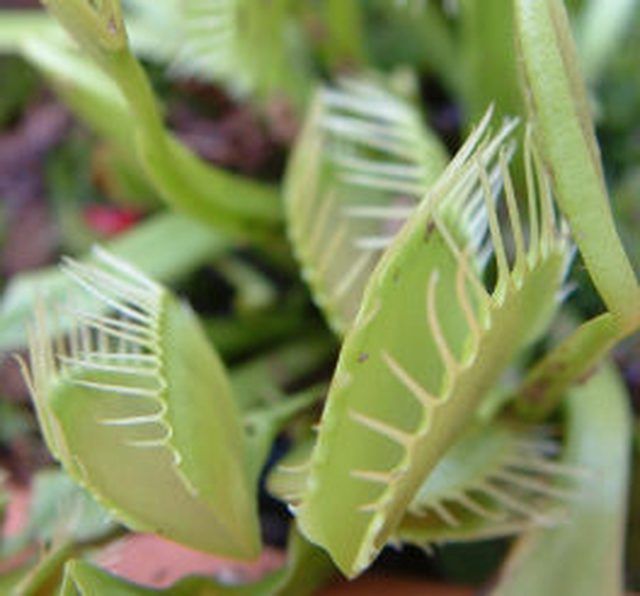Bulbs
Flower Basics
Flower Beds & Specialty Gardens
Flower Garden
Garden Furniture
Garden Gnomes
Garden Seeds
Garden Sheds
Garden Statues
Garden Tools & Supplies
Gardening Basics
Green & Organic
Groundcovers & Vines
Growing Annuals
Growing Basil
Growing Beans
Growing Berries
Growing Blueberries
Growing Cactus
Growing Corn
Growing Cotton
Growing Edibles
Growing Flowers
Growing Garlic
Growing Grapes
Growing Grass
Growing Herbs
Growing Jasmine
Growing Mint
Growing Mushrooms
Orchids
Growing Peanuts
Growing Perennials
Growing Plants
Growing Rosemary
Growing Roses
Growing Strawberries
Growing Sunflowers
Growing Thyme
Growing Tomatoes
Growing Tulips
Growing Vegetables
Herb Basics
Herb Garden
Indoor Growing
Landscaping Basics
Landscaping Patios
Landscaping Plants
Landscaping Shrubs
Landscaping Trees
Landscaping Walks & Pathways
Lawn Basics
Lawn Maintenance
Lawn Mowers
Lawn Ornaments
Lawn Planting
Lawn Tools
Outdoor Growing
Overall Landscape Planning
Pests, Weeds & Problems
Plant Basics
Rock Garden
Rose Garden
Shrubs
Soil
Specialty Gardens
Trees
Vegetable Garden
Yard Maintenance
The Lifespan of a Venus Flytrap Plant
The Lifespan of a Venus Flytrap Plant. The Venus flytrap is famous for eating bugs and its unusual appearance. Native only to North and South Carolina in the United States, the Venus flytrap is an endangered species in the wild. Plants should be purchased from those that cultivate it, not harvested from the wild.

The Venus flytrap is famous for eating bugs and its unusual appearance. Native only to North and South Carolina in the United States, the Venus flytrap is an endangered species in the wild. Plants should be purchased from those that cultivate it, not harvested from the wild.
Features
The Venus flytrap has oval shaped, toothed traps. They are blood red inside and the plant has up to seven traps, but no more.
Diet
To gain an optimal lifespan, the plant must eat live food. Processed meat, such as hamburger, will rot the leaves, causing the traps to turn black and fall off.
Plant Environment
The plant should be kept in a warm and moist environment, but never submerged. The Venus flytrap can live submerged underwater for up to three months, but it is not recommended by professionals.
Propagation
The plant can have an unlimited number of 'babies.' As long as room permits, new plants will grow from the base or from dropped seeds.
Total Lifespan of the Plant
A well cared for or wild plant can live well over 25 years. Individual traps die off after eating four to five insects but re-grow.
Dormancy
The flytrap needs a dormant period every year. Place in a cool area, such as a protected or enclosed porch for the cold months.